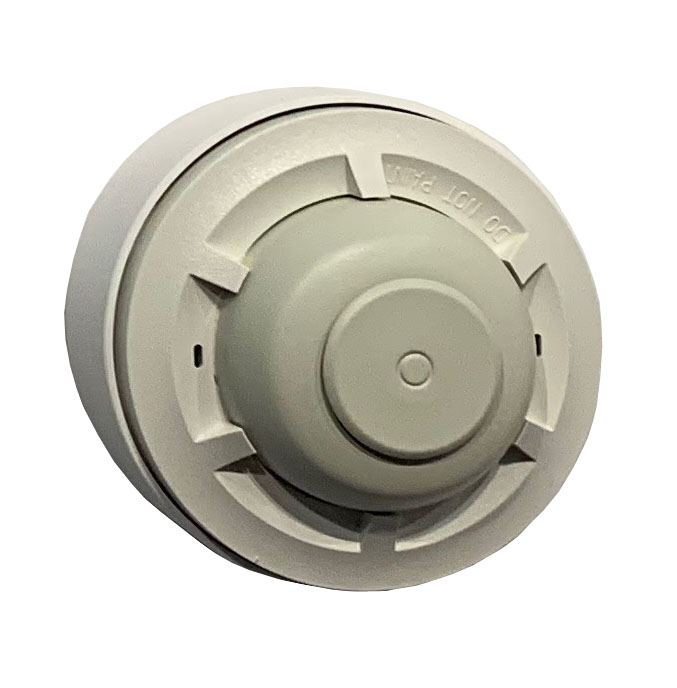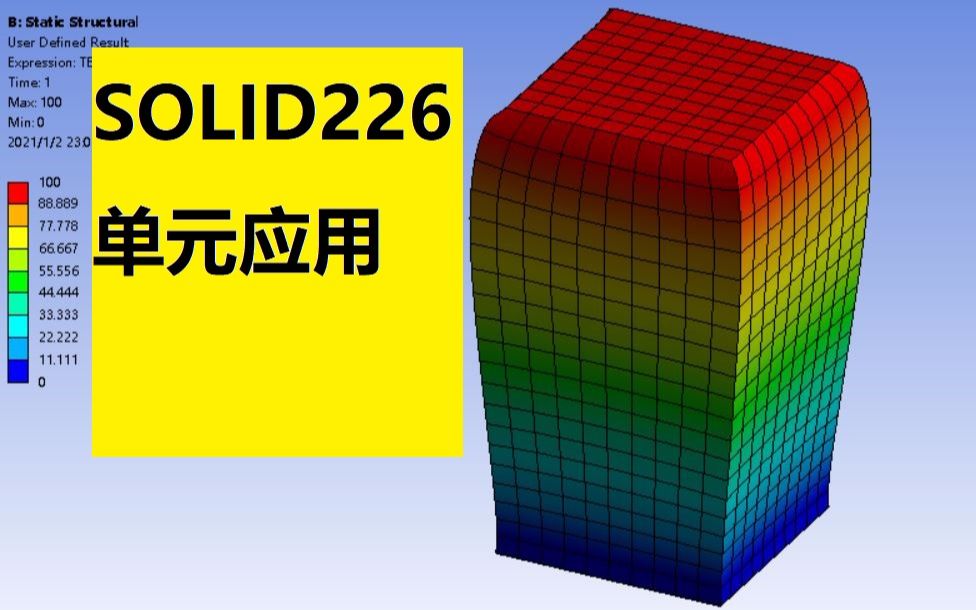

Output description tables for each element. The labels on these commands correspond to the labels shown in the input and Results items for area and volume elements are generally retrieved from theĭatabase via standard results output commands (such as PRNSOL, The load step that you intend to postprocess. The results file contains data for all requested ( OUTRES) Variables by using tabular input.3.2.2. Results File and Database Contents Most surface and body loads can be defined as a function of primary Or as a single element value using the BF and BFE commands. Body loads may be input at the element's nodes Numbers in Figure 227.1: SOLID227 Geometry using the SF and SFE commands. Loads may be input on the element faces indicated by the circled Nodal loads are definedĮlement loads are described in Nodal Loading. Various combinations of nodal loading are available for thisĮlement (depending upon the KEYOPT(1) value). Information, see Defining Materials Using TABLE Type Array Parameters in the Mechanical APDL Basic Analysis Guide. Primary variables by using tabular input on the MP command. See Table 227.3: Structural Material Propertiesįor this analysis type, some of the material properties can be defined as a function of See SOLID227 in the Mechanical APDL Theory Reference for more details about thisįull, Linear Perturbation, or Mode Superposition Harmonic The electro-migration effect is available for analyses withĮlectrical and diffusion degrees of freedom. The temperature-dependent saturated concentration effect are available for analyses with thermalĪnd diffusion degrees of freedom. The thermo-migration effect (Soret effect) and With structural and diffusion degrees of freedom. The diffusion expansion and hydrostatic stress-migration effects are available for analyses The thermoplastic effect is available for analyses with structural The Coriolis effect is available for analyses with In addition to thermal expansion, structural-thermal capabilities include the

Thermoelectric capabilities include Seebeck, Peltier, and Thomson effects, as well as Joule Piezoelectric capabilities include direct and converse piezoelectric effects.Įlectrostatic-structural capabilities include electrostatic force coupling.

Piezoresistive capabilities include the piezoresistive effect. Of nearly incompressible elastoplastic materials, and fully incompressible hyperelastic It also has mixed formulation capability for simulating deformations Hyperelasticity, viscoelasticity, viscoplasticity, creep, large strain, large deflection, and Structural capabilities include elasticity, plasticity, The element has ten nodes with up to six degrees of freedom per node.


 0 kommentar(er)
0 kommentar(er)
